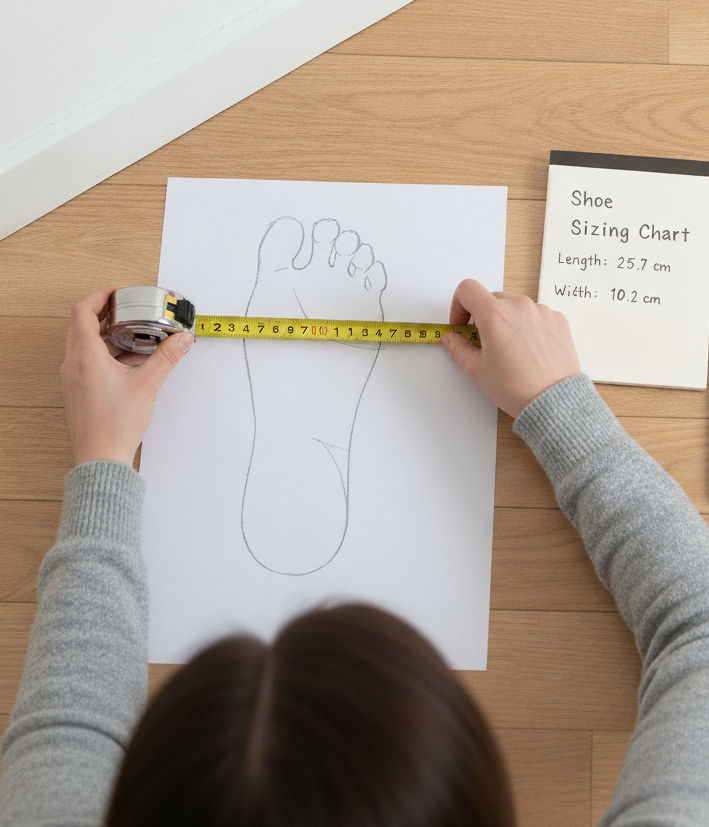The Essential Guide to Kids' Skates
- rollingdinocontact
- Nov 10
- 3 min read
👧 Choosing Their Wheels:
Introducing your child to skating is a wonderful way to boost their confidence, coordination, and get them moving! However, the aisle of colorful skates can be overwhelming for parents. Choosing the right skate, not just the cutest one, is essential for their safety and enjoyment.
Here is a breakdown of what to look for when buying skates for your little roller.
1. Quad vs. Inline: The Big Decision
The first choice is the fundamental design of the skate, which impacts stability and the learning curve.
🛼 Quad Skates (Traditional Roller Skates)
The Setup: Four wheels arranged in a two-by-two square formation.
The Pro: Offers a wide base of support, making them the most stable choice. They are easier for kids to balance side-to-side when standing still. They use a toe stop for braking.
Best For: those interested in rink skating and dancing.
🚀 Inline Skates (Rollerblades)
The Setup: Wheels arranged in a single line.
The Pro: Easier to build and maintain forward speed, mimicking the feel of ice skating. The longer frame offers good front-to-back stability once they are rolling. They typically use a heel brake (on recreational models).
Best For: those interested in outdoor skating and want to cover longer distances or move quickly.
2. The Golden Rule: Adjustable Sizing is Your Friend
Kids' feet grow quickly, making adjustable skates an excellent investment.
How it Works: Most children's skates adjust across 3 to 4 shoe sizes (e.g., size J12 to 2). A simple button or lever mechanism allows the toe section to slide out, extending the boot.
Why It Matters: This feature ensures the skates will last for multiple seasons, offering great value.
Sizing Tip: While it's tempting to buy a size too big, the skate should fit snugly at its current size setting. An overly large skate means the foot slides around, leading to blisters, poor control, and a high risk of ankle injury. Aim for no more than one size up from their current shoe size, and immediately set it to their current fit.
3. Prioritize Safety and Support
Safety features are non-negotiable, especially for first-time skaters.
Ankle and Boot Support
Look for a high-cuff design (both quad and inline) and a stiff, supportive boot. For beginners, a rigid outer shell (often hard plastic) is better than a soft fabric boot, as it locks the ankle in place, preventing painful and unstable leaning.
Wheels and Roll
Avoid: Skates with hard, cheap plastic wheels. These have terrible grip and make for a shaky, uncomfortable ride.
Look For: Wheels made of polyurethane (PU rubber). These provide better grip and absorb shock. Softer wheels (lower Durometer 'A' rating) are better for rough outdoor surfaces.
Brake Quality
Check that the braking system (toe stop on quads, heel brake on inlines) is made of durable, effective rubber, not hard plastic that can skid. Ensure the brake is easy for your child to reach and engage.
4. Don't Skimp on Protective Gear
The most important gear is worn off the skates. Make sure you purchase a full set of protective equipment alongside the skates.
Helmet: Must be properly certified and fit snugly. Look for one that covers the back of the head well.
Wrist Guards: Critical, as kids instinctively use their hands to break a fall.
Knee and Elbow Pads: Essential for absorbing impact from inevitable tumbles.
Investing in a slightly higher-quality skate and mandatory protective gear ensures your child's first experiences are safe, comfortable, and fun, setting them up for a lifelong love of rolling!



Comments